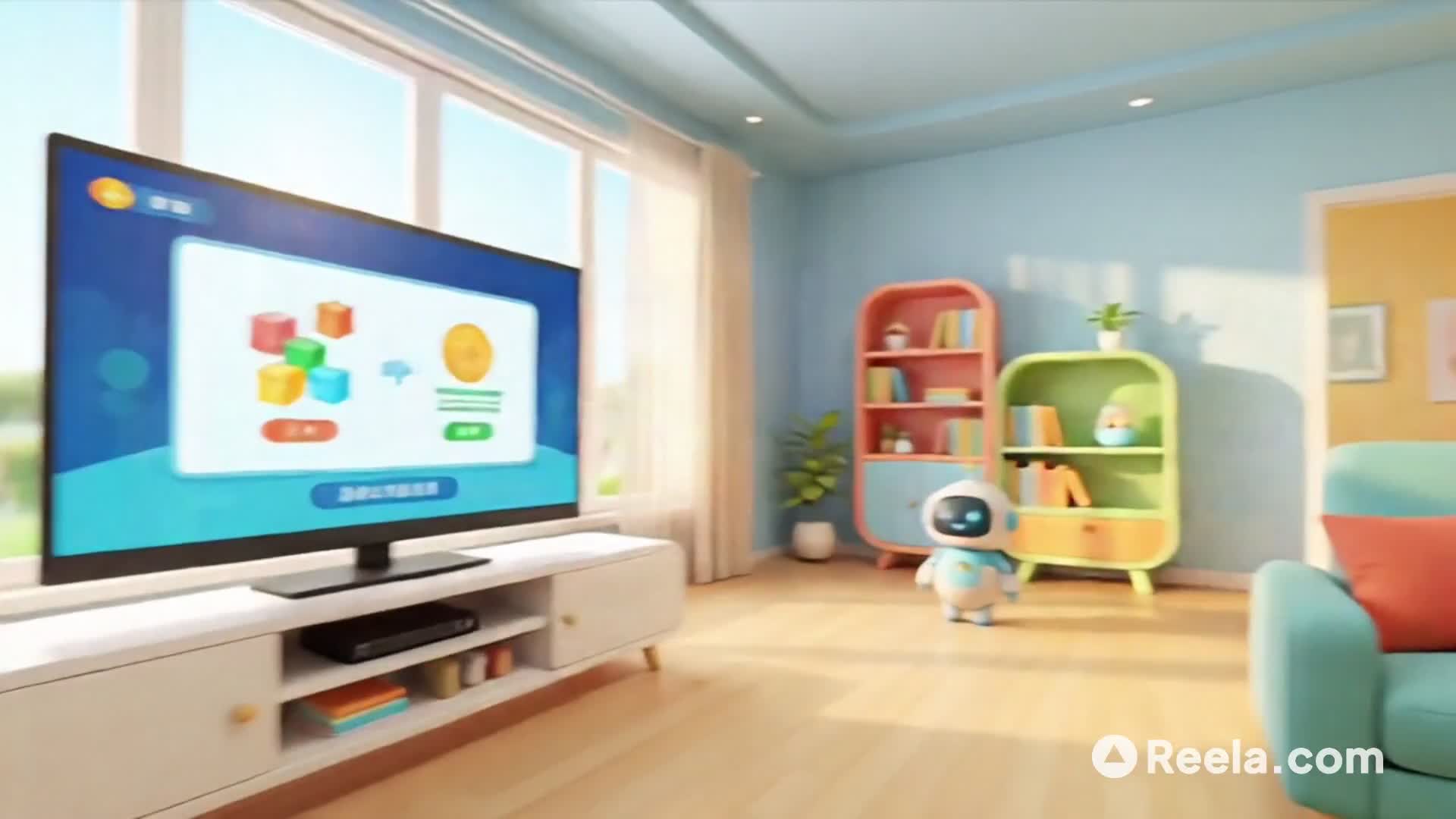The Truth About Training to Failure (Science-Based Answer) 💪
Polar explorer Lars Anderson reveals which training approach actually builds more muscle - training to failure or stopping short. Follow for more evidence-based fitness advice! #fitnesstips #strengthtraining #gymscience
The Truth About Building Strength: Train to Failure or Stop Short?
Should you push your workouts to absolute failure or stop just before the burn takes over? This question has sparked endless debates among fitness enthusiasts, and the answer might surprise you. 💡
Training to failure—pushing until your muscles physically can't perform another rep—definitely has its perks. It’s a powerhouse for muscle fiber recruitment, giving you that edge to build serious strength. But let’s be real: it comes with a cost. Longer recovery times, higher fatigue, and potential injury risks can derail your progress if you're not cautious.
On the flip side, stopping 1-2 reps short might sound less intense, but it’s backed by science. Why? Studies reveal it can create similar muscle growth outcomes while keeping fatigue and burnout at bay. Plus, it allows for more total weekly volume, which is the golden ticket for consistency over time.
So, here’s the takeaway: For most of us, stopping just shy of failure is the smarter, more sustainable choice. You’ll build strength without sacrificing your wellbeing, and that’s what real progress is about! 🙌
Want more science-driven fitness advice that actually works? Follow now—let’s crush your goals together! 💪




Tip: Use this prompt in Reela'sAI Video Generator to easily create your own unique version in minutes.






